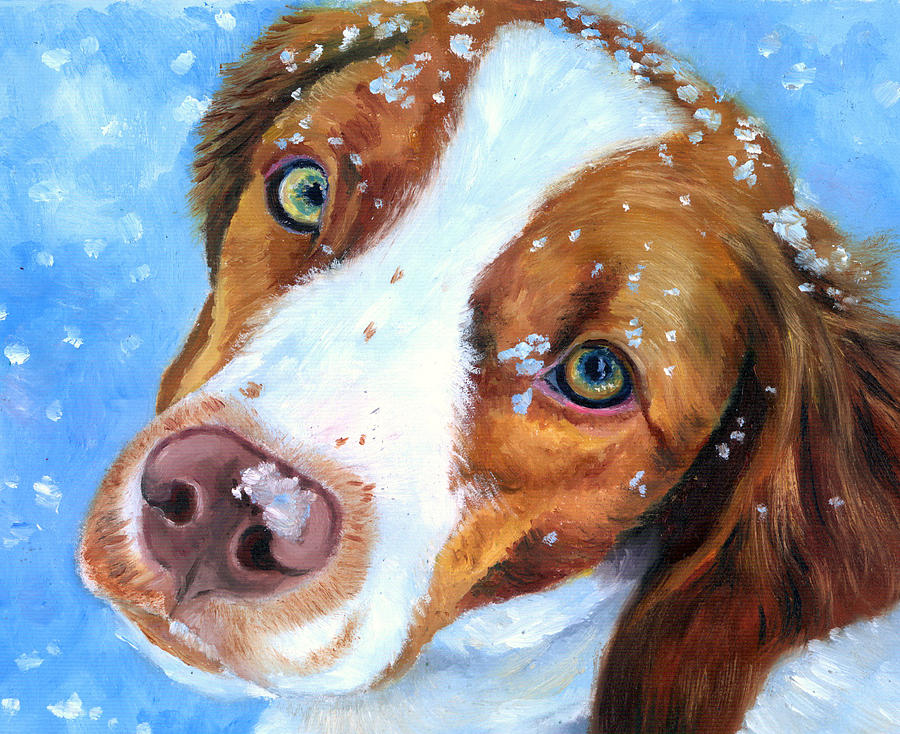
Why do some breeds that work outside during the day, such as herding or sporting breeds, tend to have standards that cite a lack of nose pigmentation as undesirable, if not a fault?
The reason why may seem like a “no-brainer” to some of us, but as many some of our page friends are “newbies,” it’s worth explaining.
The short answer is that black noses serve as protection against
sunburn. The leather of black noses contains melanin (a skin pigment) that protects the DNA in cells from mutations caused by ultraviolet radiation from the sun. Cells that produce the raw material (called melanocytes) secrete it into skin cells where they’re further darkened by the sun.
Sometimes noses change color. In some breeds, a healthy dog’s nose can change color during the winter because the temperature- sensitive enzyme, tyrosinase (responsible for producing pigmentation in the nose), is thought to be sensitive to cold and more efficient in warmth. The nose typically darkens up again in the summer months, and this is called “snow or winter nose.”
Years ago in the dog fancy, what was then thought to be an “old wives tale” spread like wildfire: Don’t feed or water dogs out of a plastic bowl!! Like many old wives tales, however, there was a germ of truth to it. Some dogs did indeed have a sensitivity to plastic, and constant exposure was irritating enough to cause their noses to turn pink, and in severe cases, inflame their lips. As plastic gets old, it can also wear down causing the antioxidant material in the bowls to leach into the dog’s food and water. Switching the dogs to stainless steel bowls solved the problem.
A dog’s nose can also pale as part of the aging process because the enzyme-producing pigment doesn’t produce as much color as it did when the dog was younger.
Even of your dog never sets foot in a show ring, it pays to know your breed’s standard so that you know what (relatively speaking), “normal” is for that breed. A Bull Terrier’s nose should be black, but it’s a disqualification in a Brittany. A Weimaraner’s nose should be gray, but a harlequin Great Dane can have a black spotted nose. There ARE some conditions that need to be seen by a veterinarian, and a nose color change can be a symptom. Know what’s normal for your breed and for your dog.
Brittany by Lyn Hamer Cook – DogArtByLyn
www.outsiderartstudio.com
www.facebook.com/PetArtbyLyn
www.petart.net
www.corgiart.net
